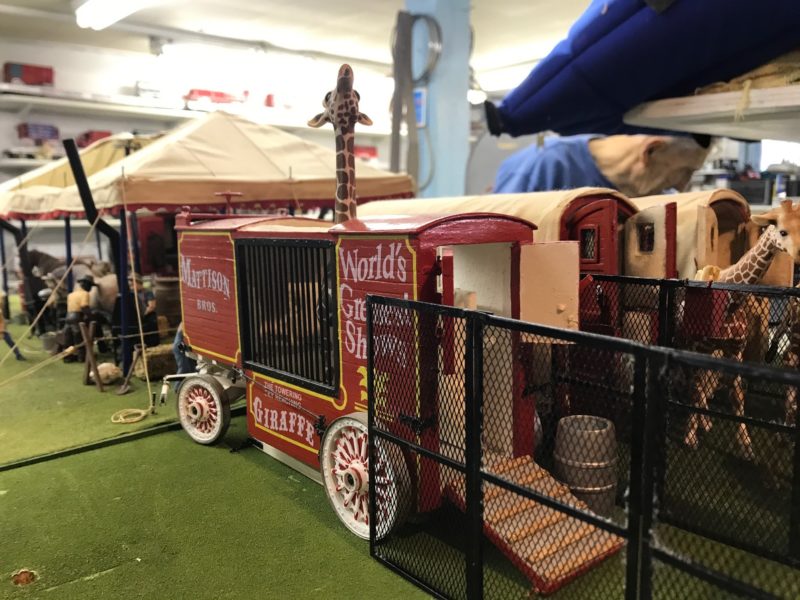Bill Mattison fell in love with the circus as a kid in the 1930s, watching the circus train pass by his grandparents’ home in La Crosse.
“It was magic,” Mattison recalls.
He began building models of circus wagons. Then, when he was 12 or 13, he ran away from home to join the circus.
“I wanted a little adventure,” he says.
Mattison didn’t know exactly where the circus was but headed south to Illinois, eventually running into Ringling Brothers. It was 1942 and the United States was at war. With so many men away fighting, Mattison says the circus would take any warm body. Even one as young as him.
Mattison’s parents tracked him down and allowed him to stay after the manager promised to have him back in time for school. He spent his summer cleaning up after the animals and discovering a whole new world.
“There were people from all over the world there to perform and work,” explains Mattison. “The circus had its own language. We called baby elephants “punks” for example. It was really an incredible place.”
Though a career in the circus wasn’t for him, Mattison never lost his love of it. He continued to build the occasional circus models even as his life came to revolve more around photography and sailing. After he retired, Mattison’s wife suggested he get back into building circus models. His miniatures now fill his Madison home.
Mattison is particularly interested in the 1920s-era circus. Accuracy is incredibly important to Mattison.
“Everything works. The doors open. The wheels turn,” says Mattison. “I carve all of the people, all of the parts.”
His wife helps with the research. One of his wagons even has specially tuned bells that he can play. He recorded his ringmaster friend to provide authentic audio to his circus.
“There’s always something new to learn and new wagons to build,” says Mattison.








